Egypt 2015
Mrs. Otto shares her adventures in Egypt with her students from Kraxberger Middle School!
Monday, July 27, 2015
The Red Sea
The Sahara Desert and Bedouin Tribes
Although the majority of Egyptians live along the Nile River Valley, more than 90% of Egypt is covered in desert areas. On the map below, you can see that there are separate deserts (i.e. Western Desert, Eastern Desert, etc...), but they are a part of the Great Sahara.
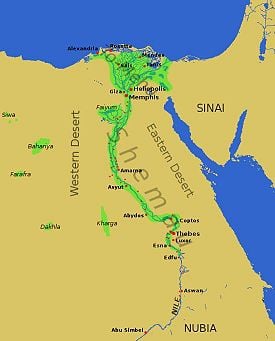

Here are some interesting facts about the Sahara Desert:
1. The Sahara Desert is the world’s largest "hot"desert and one of the harshest environments on the planet. The largest desert overall is actually Antarctica. At 3.6 million square miles (9.4 million square kilometers), the Sahara, which is Arabic for "The Great Desert," engulfs most of North Africa.
2. The Sahara is so big that you could fit the continental United States inside and still have a few thousand square miles of desert left over.
3. It is home to about two million people.
4. Temperatures can get as hot as 136 degrees and can often reach below freezing temperatures at nighttime.
5. There are close to 1,200 species of plants that grow in the desert.
6. Over 2% of the Sahara is covered in Oases.
People who live in the desert areas are called Bedouins. They have their own unique culture and many live in an Oasis like the ones you see in the map below (i.e. Siwa, Al-Faiyum, Sinai Peninsula, etc...).

Altogether the Bedouin population is about 4 million and their communities are in many countries, besides Egypt, including Syria , Israel , Jordan , Saudi Arabia , Yemen and Iraq in the Middle East and Morocco , Sudan , Algeria , Tunisia and Libya in North Africa .
Their numbers are decreasing and nowadays there are approx. only 5% of Bedouins still live as pastoral nomads in all of the Middle East . Some Bedouins of Sinai are still half-nomads.
Bedouins have different facial features by which they can be distinguished from other Egyptians and also they generally dress differently.
The Bedouin men wear long 'djellabaya' and a 'smagg' (red white draped headcover) or 'aymemma' (white headcover) or a white small headdress, sometimes held in place by an 'agall' (a black cord).
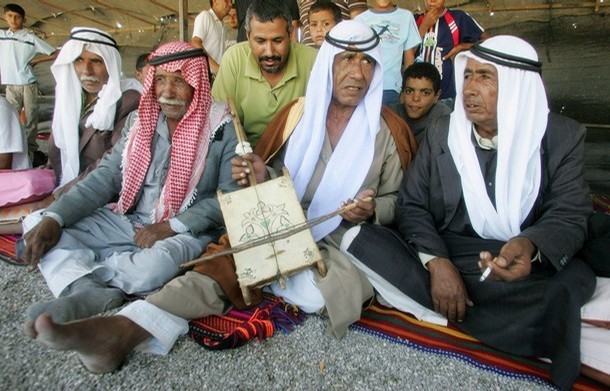
The Bedouin women usually wear brightly colored long dresses but when they go outside they dress in an 'abaya' (a thin, long black coat sometimes covered with shiny embroidery) and they will always cover their head and hair when they leave their house with a 'tarha' (a black, thin shawl). Traditionally a woman's face was hidden behind a highly decorated 'burqa'ah' but this is now only seen with the older generations. The younger generations cover their face simply with their 'tarha' (shawl).


The Bedouins have a rich culture and their own Arabic ‘Bedawi’ language, which has different dialects depending on the area where they live.
Here is a video clip on one Egyptian Bedouin Tribe in the Sinai
The first converts to Islam came from the Bedouin tribes and therefore (Sunni) Islam is embedded and deeply rooted in the Bedouin culture. Prayer is an integral part of Bedouin life. As there are no formal mosques in the desert, they pray were they are, facing the Ka’aba in Mecca and performing the ritual washing, preferably with water but if not available they ‘wash’ with sand instead.
'The Bedouin' is generally open-minded and interested in what is going on in his close and far surroundings since this kind of knowledge has always been a vital tool of survival. At the same time, the Bedouins are quite suspicious and alert keeping a low profile about their personal background.
Modern Arab states have a strong tendency to regulate their Nomadic lifestyle and modern society has made the traditional Bedouin lifestyle less attractive, since it is demanding and often dangerous, so many Bedouins have settled in urban areas and continue to do so.
The Bedouin people are faced with challenges in their lifestyle, as their traditional Islamic, tribal culture has begun to mix with western practices.
Men are more likely to adjust and interact with the modern cultures, but women are bound by honor and tradition to stay within the family dwelling and therefore lack opportunity for advancement.
Today unemployment amongst Bedouin people is very high. Only few obtain a high school degree and even fewer graduate from college.
I hope this blog post gives you a better idea of the Bedouin culture and life outside the Nile River Valley.
*Most of the information provided for this post came from http://www.bedawi.com/Bedouin_Culture_EN.html
Wednesday, July 22, 2015
Driving and Traffic in Egypt
As a foreigner coming to Egypt, the only way you can stay relaxed while being in a car, is to completely give up all control that you think you have. Then you need to trust that your Egyptian driver knows what they are doing and put the rest of your trust in God!
I am actually more relaxed riding in a car in Egypt than I am at home, but if you are new to the chaos of the traffic here, you may have the opposite reaction. There are lanes, signs and lights, but they are merely suggestions. There is a rhythm and flow to the traffic that is unlike anywhere else. It is common more to hear horns than not. The way you honk is it's own language. I do not know this language, but I can definitely tell if it is a pleasant message or not.
There was even a documentary made called "Cairo Drive" and here is a trailer for it to give you a better visual of what it is like:
Here are some warnings and suggestions that I found from a website for foreigners moving to Egypt who want to drive:
"Egypt has many road hazards to contend with. These include a lack of stop signs and traffic lights, drivers’ disregard for lane markings, and donkey carts in the road. Drivers are also likely to encounter stationary vehicles in the middle of the road, trucks driving the wrong way down one-way streets, and mini-buses stopping suddenly to allow passengers to disembark in the middle of the road. Drivers in Egypt are also reluctant to use their headlights in the dark and are also not good about indicating before turning. It is best to avoid driving at night if possible."
If you are riding in a vehicle, I highly suggest you keep your arms inside the car at all times. Cars come inches from each other in crowded traffic. I have been in more than one vehicle where the side view mirror had been ripped off from other vehicles getting too close and passing.
It is truly and adventure riding in Egypt, especially in crowded and busy Cairo. You never know what you are going to see. Here are some examples of things you may see (pictures found on the Internet):
A herd of goats needing to cross the street

People walking through traffic to cross the street

Families riding together on a motorcycle; you rarely see anyone with helmets on.
When I was coming from the airport last month, I witnessed a man laying down, on his stomach with his legs out like superman, riding a motorcycle down the freeway! Talk about living life dangerously; I wish I had a picture of that to share!!!


Every restaurant delivers in Egypt

Horse carts...


Tissue salesman. You will find people selling a variety of things where there are traffic jams and it is slow moving.
The best way describing having to cross a busy street as a pedestrian is comparing it to the Atari game of Frogger. Which also reminds me of one of my favorite Seinfeld Episodes; does anyone remember this?
Ok, back to crossing the road in Egypt. The safest way to do it is to position yourself next to an experienced Egyptian who is also crossing the street and go as soon as they do. You always have to remember that pedestrians do not have the right of way here.
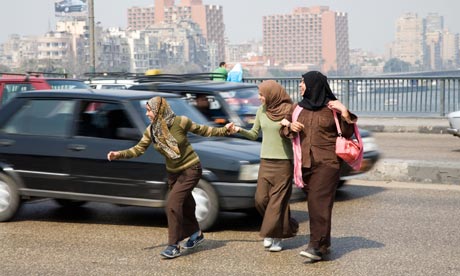
So, I hope that gives you some insight to what driving and traffic is like in Egypt. If you come to Egypt, be ready for an adventure as soon as you leave the airport. It is definitely an experience you will never forget!
I am actually more relaxed riding in a car in Egypt than I am at home, but if you are new to the chaos of the traffic here, you may have the opposite reaction. There are lanes, signs and lights, but they are merely suggestions. There is a rhythm and flow to the traffic that is unlike anywhere else. It is common more to hear horns than not. The way you honk is it's own language. I do not know this language, but I can definitely tell if it is a pleasant message or not.
There was even a documentary made called "Cairo Drive" and here is a trailer for it to give you a better visual of what it is like:
Here are some warnings and suggestions that I found from a website for foreigners moving to Egypt who want to drive:
"Egypt has many road hazards to contend with. These include a lack of stop signs and traffic lights, drivers’ disregard for lane markings, and donkey carts in the road. Drivers are also likely to encounter stationary vehicles in the middle of the road, trucks driving the wrong way down one-way streets, and mini-buses stopping suddenly to allow passengers to disembark in the middle of the road. Drivers in Egypt are also reluctant to use their headlights in the dark and are also not good about indicating before turning. It is best to avoid driving at night if possible."
If you are riding in a vehicle, I highly suggest you keep your arms inside the car at all times. Cars come inches from each other in crowded traffic. I have been in more than one vehicle where the side view mirror had been ripped off from other vehicles getting too close and passing.
It is truly and adventure riding in Egypt, especially in crowded and busy Cairo. You never know what you are going to see. Here are some examples of things you may see (pictures found on the Internet):
| Massive Traffic Jam. Sometimes there are traffic police in the middle that help direct at certain intersections. |
 |
Donkey carts are very common. You will see them carrying a variety of items. This particular cart has propane because a lot of people's hot water in their homes run on it. You know when they are passing through your neighborhood because they clank the side of one with metal. If you need one, your bawaab (doorman) or yourself goes outside and they exchange your old one for a new one. 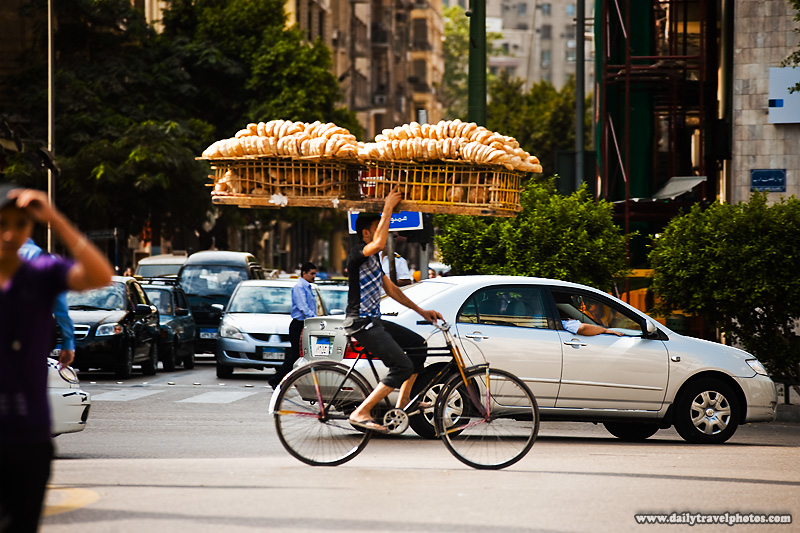 Delivery of bread I believe this is a truck carrying garbage that has been collected  |

People walking through traffic to cross the street

Families riding together on a motorcycle; you rarely see anyone with helmets on.
When I was coming from the airport last month, I witnessed a man laying down, on his stomach with his legs out like superman, riding a motorcycle down the freeway! Talk about living life dangerously; I wish I had a picture of that to share!!!

Every restaurant delivers in Egypt
Horse carts...

Tissue salesman. You will find people selling a variety of things where there are traffic jams and it is slow moving.
The best way describing having to cross a busy street as a pedestrian is comparing it to the Atari game of Frogger. Which also reminds me of one of my favorite Seinfeld Episodes; does anyone remember this?
Ok, back to crossing the road in Egypt. The safest way to do it is to position yourself next to an experienced Egyptian who is also crossing the street and go as soon as they do. You always have to remember that pedestrians do not have the right of way here.

So, I hope that gives you some insight to what driving and traffic is like in Egypt. If you come to Egypt, be ready for an adventure as soon as you leave the airport. It is definitely an experience you will never forget!
Subscribe to:
Posts (Atom)


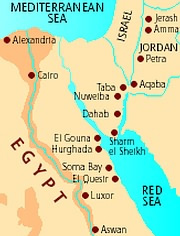

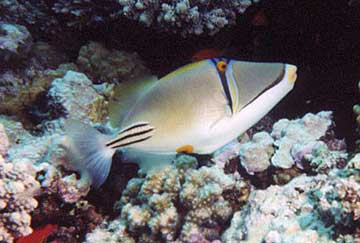

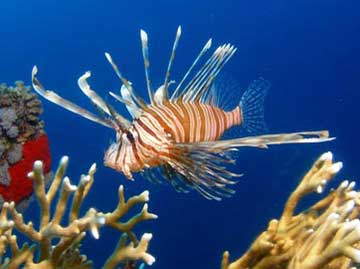
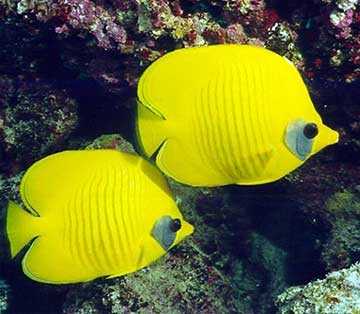
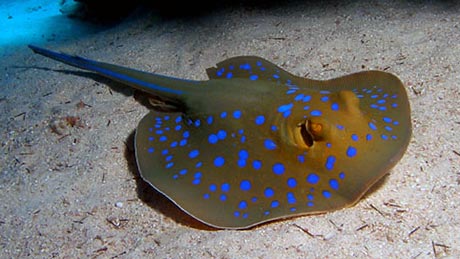



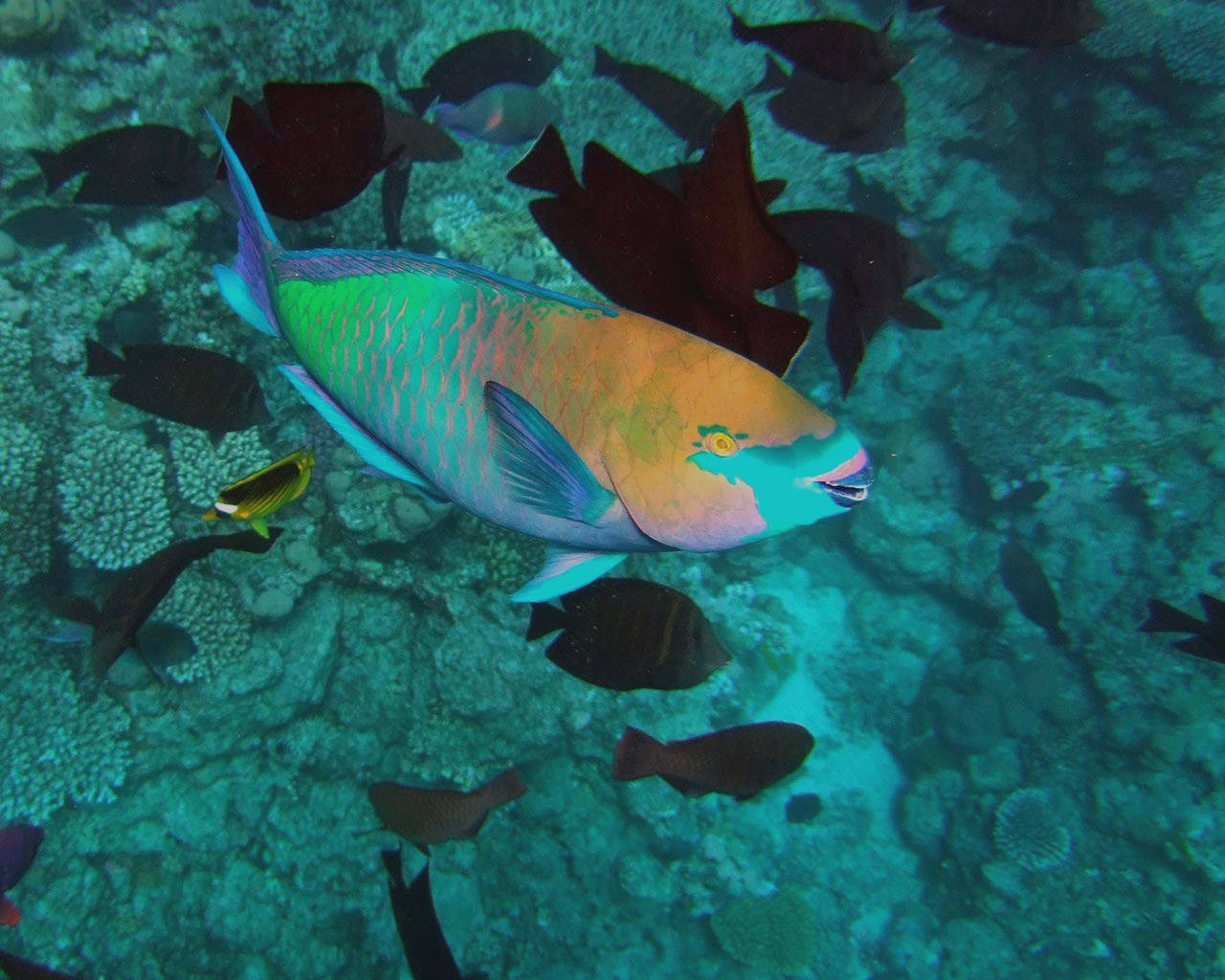
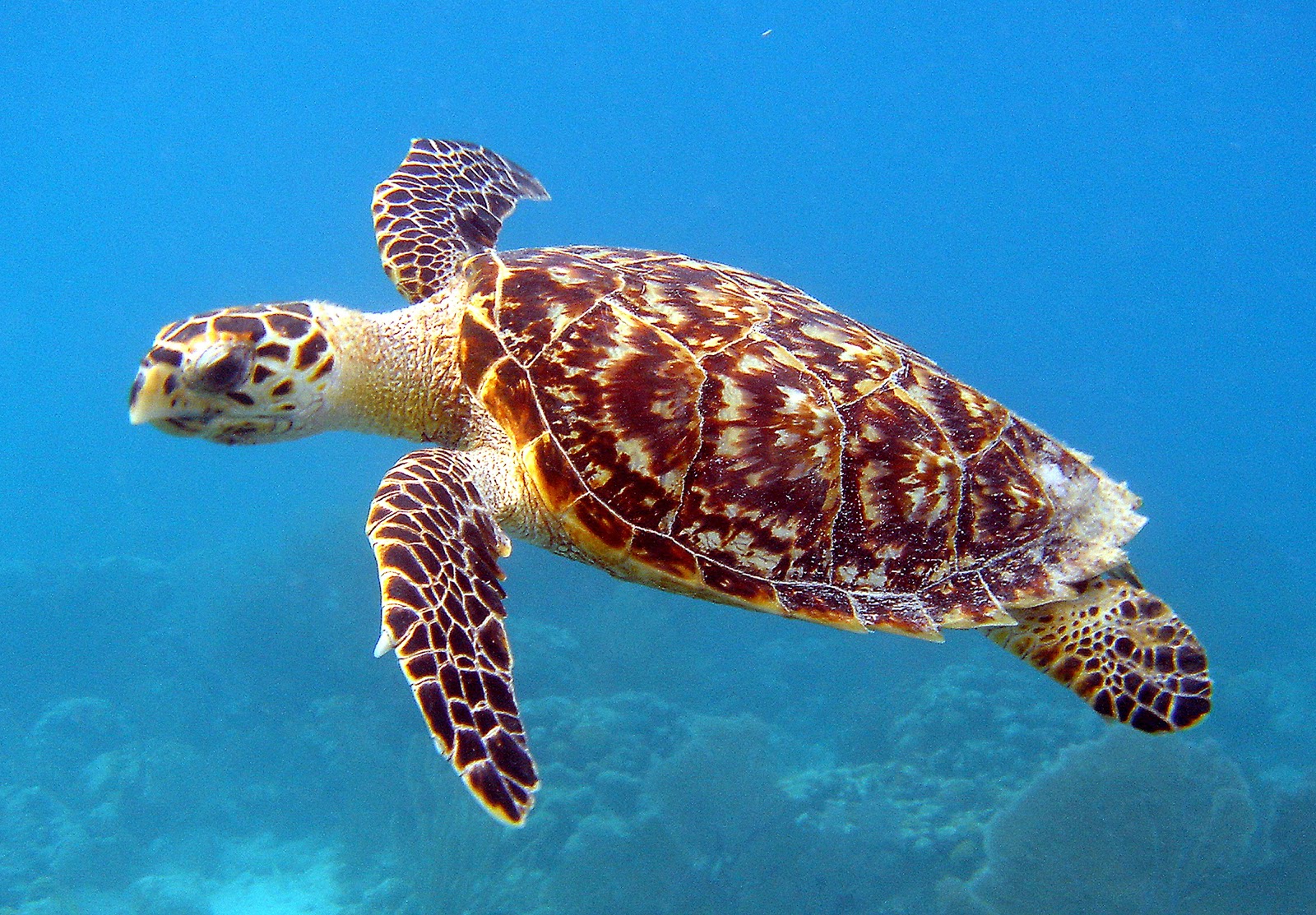

![[Gallery Photo]](https://www.whoi.edu/cms/images/Thorrold_WhaleShark_n_309853.jpg)